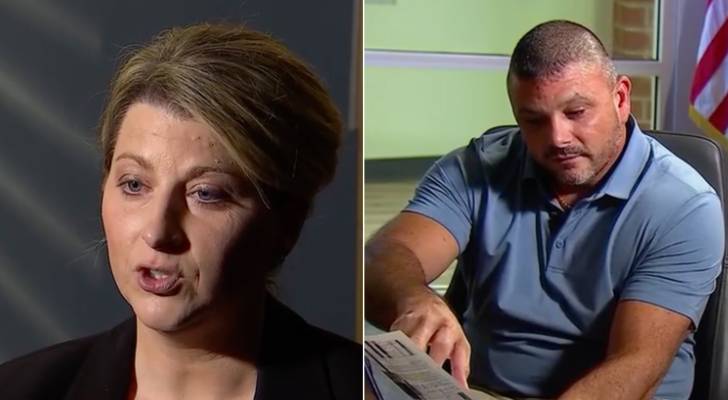Ex-Tennessee troopers blow whistle on DUI quotas — claim internal pressure led to sober drivers charged, lives ruined. What to do if it happens to you

The state of Tennessee has a DUI problem — and not just from careless drivers who get behind the wheel while under the influence of alcohol or drugs. A local investigation by WSMV 4 Nashville yielded a bombshell accusation from two former state highway patrol troopers who claim they were pressured to arrest innocent people […]
I’m in my early 60s and I want to retire in 3 years or less — what are 5 financial boxes I need to check right now?

This article adheres to strict editorial standards. Some or all links may be monetized. We adhere to strict standards of editorial integrity to help you make decisions with confidence. Some or all links contained within this article are paid links. When retirement is scheduled within three years or less, you’re nearing the finish line and […]
‘Pay close attention’: Suze Orman says many Americans underestimate this critical cost in retirement — 5 ways to prepare before it’s too late
This article adheres to strict editorial standards. Some or all links may be monetized. For many retirees, budgeting becomes an act of precision: cutting back on travel, downsizing homes and seeking out seniors’ discounts. But there’s one expense that still manages to take a surprising toll, even for those who think they’ve planned their golden […]
Paul Krugman warns tariff ‘chaos’ won’t bring back US manufacturing jobs — and adds Trump’s moves make America look like Denmark. What does that mean?

Make America Denmark Again? That’s not quite what celebrated economist Paul Krugman said on a recent episode of Wall Street Week. But he did draw a connection between Denmark’s Value-Added Tax on imports, President Trump’s tariffs and his promise to pay down the U.S. deficit. Must Read Thanks to Jeff Bezos, you can now become […]
Rethinking retirement legacy: Canadians focus on more meaningful wealth transfers

Retirement planning has long centred on building assets, but Canadians are now broadening the idea of what it means to leave something behind. According to a new survey from Edward Jones Canada, half of Canadians (50%) indicate they plan to give part of their inheritance while still alive, choosing to shape their legacy through support such as […]
China’s new influencer crackdown bans unqualified voices from covering these ‘sensitive topics’ to fight misinformation — should the US do the same?

In October 2025, the Cyberspace Administration of China (CAC) introduced sweeping new rules for the creator economy. (1) If you’re an online influencer in China and you publish content on what the regulators deem “sensitive topics” — namely medicine, finance, education or law — you must now hold professional credentials such as a degree, licence […]
Think you’ve stashed enough in your HSA? Don’t forget to plan for these 3 expenses Medicare doesn’t cover — they can total over $100K a year

It’s no coincidence that so many people wait until 65 to retire. That’s when Medicare kicks in. Having health coverage at that point can help keep your retirement savings intact — because paying for medical care on your own can drain your funds fast. There are a number of common healthcare expenses Medicare won’t cover. […]
Wisconsin man’s estranged sister suddenly wants back into the family after mom’s death — but Dave Ramsey questions her motives for mending fences

About a year ago, Cody’s mother passed away from cancer. Cody has two sisters, and his older sister was left out of the will because she “stepped away from the family” for close to 10 years. Now she wants back into the family — but not necessarily for the right reasons. Must Read Thanks to […]
I’ve never contributed to Social Security — but now that my husband has died, can I claim his benefits? What you need to know about survivor benefits

The loss of a spouse is devastating, and the challenges can be even greater if the surviving partner is disabled or unable to work. In such cases, the question of whether Social Security can help cover living expenses becomes critical. Consider the case of Patricia, a 61-year-old widow who has been on disability for more […]
Hedge fund billionaire, Ray Dalio, warns: Economic storm is coming! Protect your savings with 2 alternative assets

Waves of tariffs from U.S. President Donald Trump has unleashed chaos across global markets, reigniting trade tensions and rattling investors. But billionaire hedge fund manager, Ray Dalio, says the real storm is still to come. Back in April, Dalio argued in a lengthy social media post that the recent tariff drama is merely a symptom […]